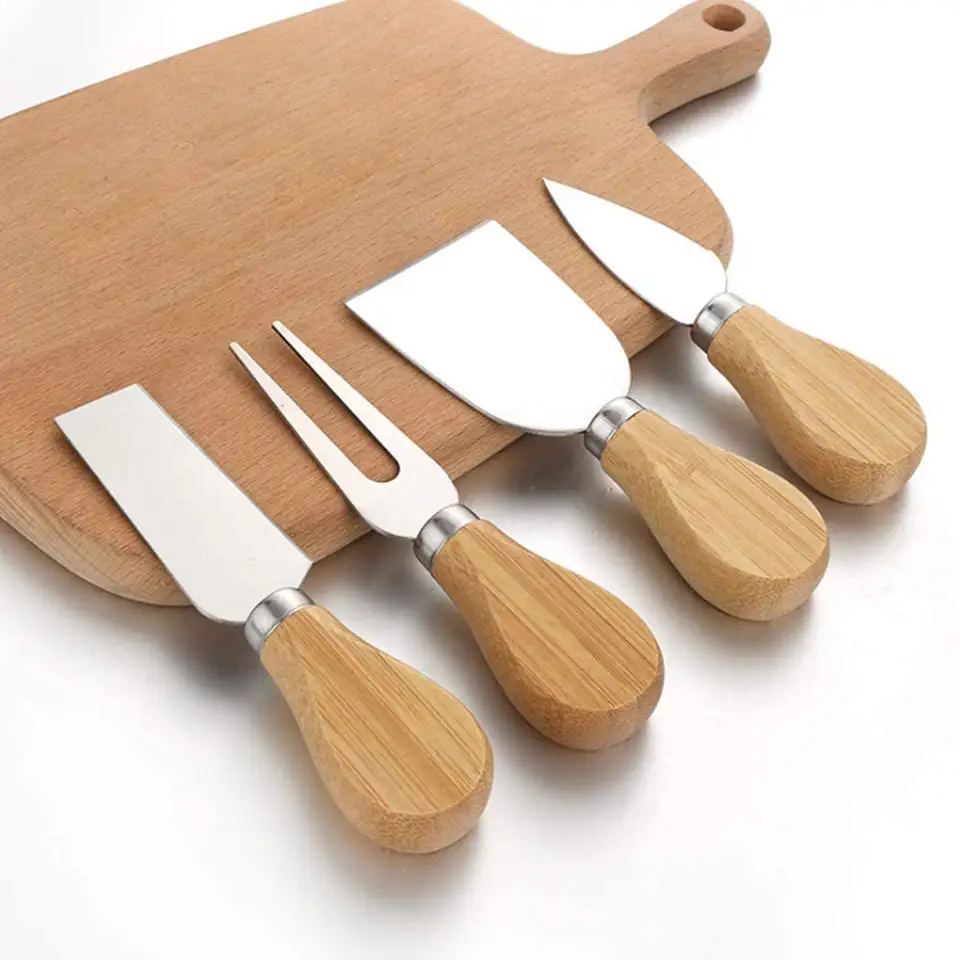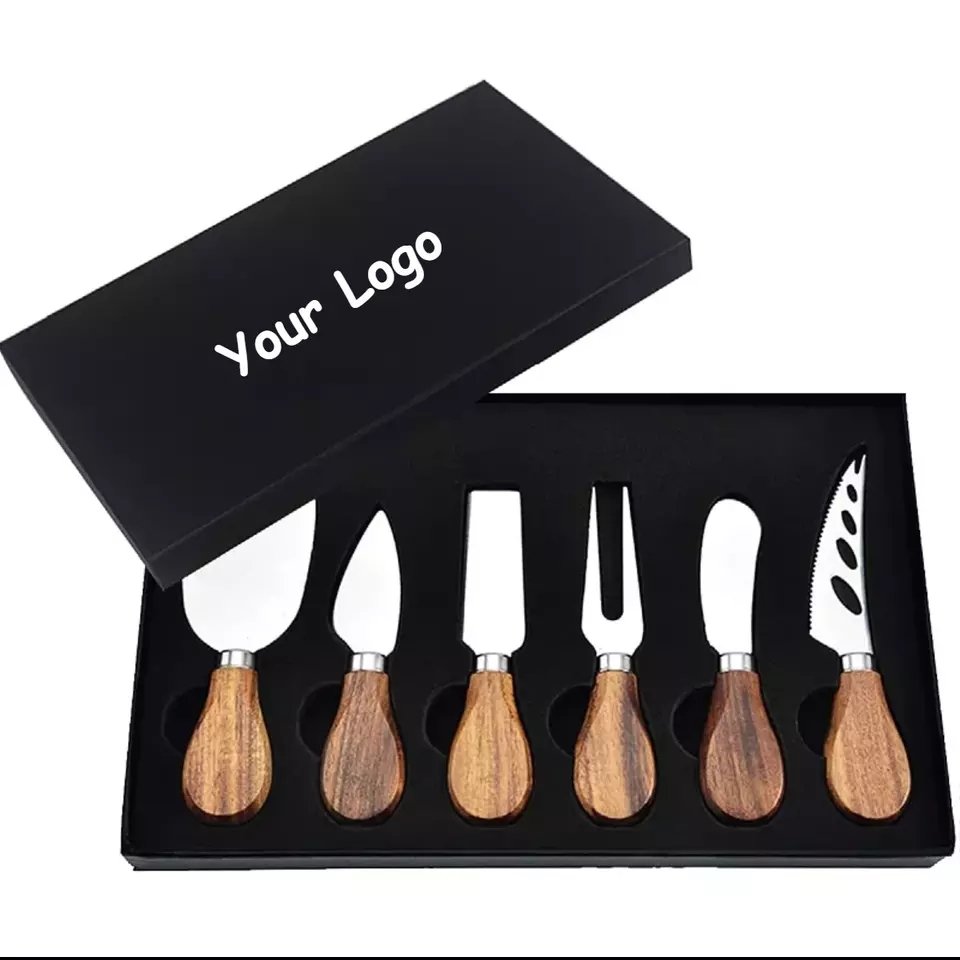Are you struggling to decide whether to source cutlery from India or China? You’re not alone. Many business owners feel torn between these two manufacturing giants. But there’s a clear winner when you break it down.
China outperforms India in cutlery production with superior efficiency, consistent quality, and better supply chain control.
Both India and China are major players in the global cutlery market. But from my experience as a Chinese manufacturer, I’ve seen firsthand how the differences in production systems, cost structures, and quality control create a significant gap. Let’s dive into each factor.
Table of Contents
Is cutlery made in India cheaper than in China?
Trying to save on manufacturing costs? You might think India has the advantage. But that’s not the full story.
China offers better value when you consider cost-to-quality ratio and long-term operational savings.
Labor and Operational Costs
| Cost Factor | India | China |
|---|---|---|
| Labor Rates | $3–7/hour | $2–3/hour |
| Manufacturing Setup | Often smaller workshops | Large, optimized factories |
| Tooling and Mold Cost | Moderate (some local reliance) | Lower (in-house capabilities) |
Raw Materials and Infrastructure
| Cost Element | India | China |
|---|---|---|
| Stainless Steel Sourcing | Often imported, price fluctuates | Mostly domestic, stable and controlled |
| Logistics Network | Developing, some port delays | Mature ports and rail, smooth flow |
| Energy & Utility Cost | Moderate to high depending on state | Centralized management, often lower |
India’s base labor costs are attractive, but China’s manufacturing scale brings massive savings in logistics, materials, and turnaround time. My clients often realize that even if unit cost looks lower in India, hidden costs like rework, delays, and shipment inconsistencies erase the savings.
What about quality consistency?
Think all stainless steel cutlery is the same? Think again.
China delivers more consistent, high-grade output thanks to stricter quality control systems.
Production Techniques and Finish
| Quality Metric | India | China |
|---|---|---|
| Finish Consistency | May vary by batch | Tight tolerance controls |
| Stainless Steel Grades | Mostly 18/0, with local adjustments | Full spectrum: 13/0, 18/0, 18/10 |
| Durability Testing | Often skipped in small factories | Standardized in factory procedures |
Certifications and Compliance
| Standard | India | China |
|---|---|---|
| ISO9001 Compliance | Selective factories | Commonly adopted |
| LFGB, FDA, DGCCRF | Less coverage, case-by-case basis | Widely supported |
| Third-party Inspections | Often by request only | Routinely integrated |
I’ve had overseas buyers tell me they used to source from India but ran into trouble with inconsistent polish or bending forks. Since working with us, they’ve enjoyed better returns, fewer complaints, and stronger brand trust.

Which country is faster in production?
Speed is money in the cutlery business. When time equals cash flow, delays are painful.
Chinese production cycles are significantly shorter and more reliable.
Order Fulfillment Speed
| Efficiency Metric | India | China |
|---|---|---|
| Average Lead Time (OEM) | 40–60 days | 20–35 days |
| Sampling Cycle | 14–21 days | 7–14 days |
| Change Management | Slower due to manual handling | Rapid due to digital coordination |
Factory Throughput
| Indicator | India | China |
|---|---|---|
| Batch Size Flexibility | More rigid, manual setups | Highly scalable production lines |
| Daily Output Capacity | Lower for mid-tier factories | 2–3x higher for same scale units |
| Equipment Automation | Moderate adoption | Extensive automation and robotics |
We once had a customer who needed urgent delivery for a hotel project in Europe. Their Indian supplier quoted 7 weeks. We fulfilled their custom logo cutlery in just 18 days. That’s the edge of Chinese efficiency.
Is the cutlery design more advanced in China?
Design isn’t just about looks. It affects usability, ergonomics, and even brand value.
China blends modern aesthetics with industrial manufacturability more effectively than India.
Design Capabilities
| Feature | India | China |
|---|---|---|
| In-house Designers | Limited to premium factories | Standard in mid to large factories |
| Mold Design Integration | Often outsourced | Fully integrated in-house |
| Design Software Usage | Basic CAD usage | Advanced CAD, 3D prototyping |
Branding and Customization
| Element | India | China |
|---|---|---|
| Logo Laser Engraving | Optional, slower | Common, automated |
| Packaging Customization | Limited template variety | Full design service offered |
| Seasonal/Market Trends | Less responsive | Fast adaptation via R&D |
In my factory, we work closely with designers to ensure the product is not only beautiful but cost-efficient to produce. A European customer once said, “Wendy, you made my brand premium without breaking my budget.” That’s the power of tailored design thinking.
How do export regulations compare?
Beyond manufacturing, exporting capability is a huge part of success.
China offers smoother customs clearance, better shipping infrastructure, and more stable trade channels.
Export Infrastructure
| Metric | India | China |
|---|---|---|
| Port Handling Time | Higher variability | Faster, digitized |
| International Logistics | Limited partnerships | Strong ties with global freight |
| Incoterm Flexibility | Basic options | Full range: EXW, FOB, CIF, DDP |
Trade Policy Alignment
| Policy Factor | India | China |
|---|---|---|
| RCEP / Asia-Pacific Access | Participating | Core member |
| US Market Access | Some friction | Experienced with anti-dumping risks |
| Export Duty Rebate | Not always predictable | Standardized rebate policies |
When customers ask us to handle everything from factory to warehouse door, we can confidently say “yes.” Our export ecosystem is built for scale, predictability, and responsiveness—qualities that are harder to find elsewhere.
China outshines India in cost efficiency, product quality, speed, and export readiness. For buyers serious about scaling their cutlery business, Chinese manufacturing remains the smarter choice.





